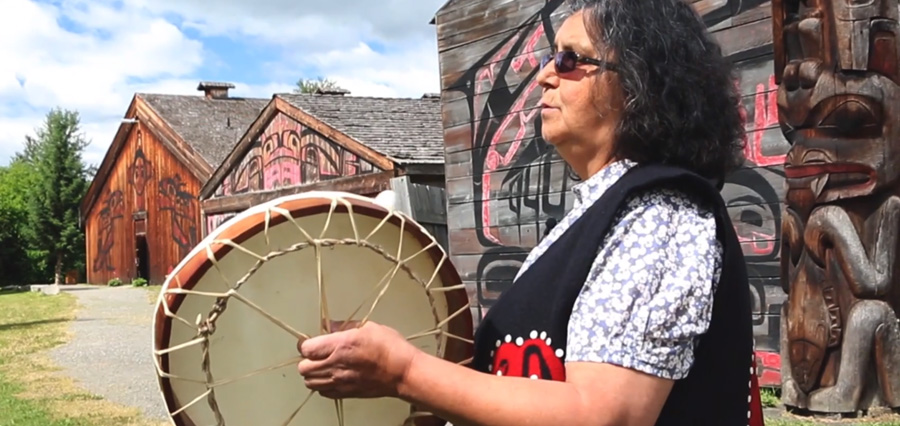Overview
The Coast Mountains School District’s decision to change the name of John Field Elementary to better reflect the community’s culture opened the door to conversations that engaged teachers and the community. The chosen name, Majagaleehl Gali Aks Elementary School reflects and celebrates local Gitxsan language and culture. It means “Flowers of the Rivers” with flowers referring to the children, and rivers acknowledging the numerous waterways in the traditional Gitxsan territory.
The name change and the process of engaging families and the community in the discussion around that change has been significant in continuing the school’s and district’s efforts to connect to students and their families, where local culture is celebrated and where families and the community actively participate in school life.
Our Approach
John Field Elementary School was one of a few BC public schools on an Aboriginal reserve. In an effort to reconcile past wrongs with the community and create a new beginning, the school district presented the idea of a name change to the school. We – the school staff – assumed that we would pick the new name. The parents and the community had a different idea: it was their school; they wanted to have a say. We changed our approach, and submitted a long-list of possible names to the local clan Chiefs. When those names didn’t resonate, the Chiefs came up with three names which were presented to the parents and community members for discussion and final selection. In November 2014, the school celebrated its renaming.
Changing the school name was an important step, but only the first step in making a school more culturally relevant for our students. The school has adopted the First Peoples Principles of Learning. Staff and students are learning the Gitxsan language, and one of the teachers has retold and written many of the local legends. Students are illustrating the legends using the art shapes of traditional painting. Elders are becoming regular visitors to the school and feasts a part of the school calendar. The school staff continue to work together to ensure that strong, wise ways are permanently embedded into school culture.
Quick Tips
- Changing a school name is an important step, but only the first step in making a school more culturally relevant for students. Conversations among parents, Elders, the community and the school will help define the parameters of what is culturally relevant.
- Be sensitive to subtle signals from families, particularly from those who are less engaged. Based on their own history or that of their family they may not be confident in speaking up.
- Acknowledge and, where possible, incorporate feedback from families and the community. They need confirmation that you’re listening.
SC Strategies
- The community and families are actively engaged in the school as demonstrated by involving the community in the change of the school name.
- Professional learning opportunities support school staff to learn the Gitskan language and to integrate cultural learning into their classrooms.
- School leadership has established structures, such as cultural learning time for educators.
- Teaching and learning approaches reflect the First Peoples Principles of Learning and Aboriginal culture is integrated into the learning environment.
Resources
- Involvement or Engagement? (article by L. Ferlazzo in Education Leadership, 2011). Understanding the difference between family involvement and family engagement can help school create the kinds of school-family partnerships that raise student achievement, improve local communities, and increase public support.
- Home to School Connections: Resource Roundup (Edutopia). A collection of resources and tips to help improve the connection between home and school.
- Your School District’s Aboriginal Education contact may have a communication structure already in place to support you in better connecting with Aboriginal families and/or will have local knowledge about the best way to do this.
